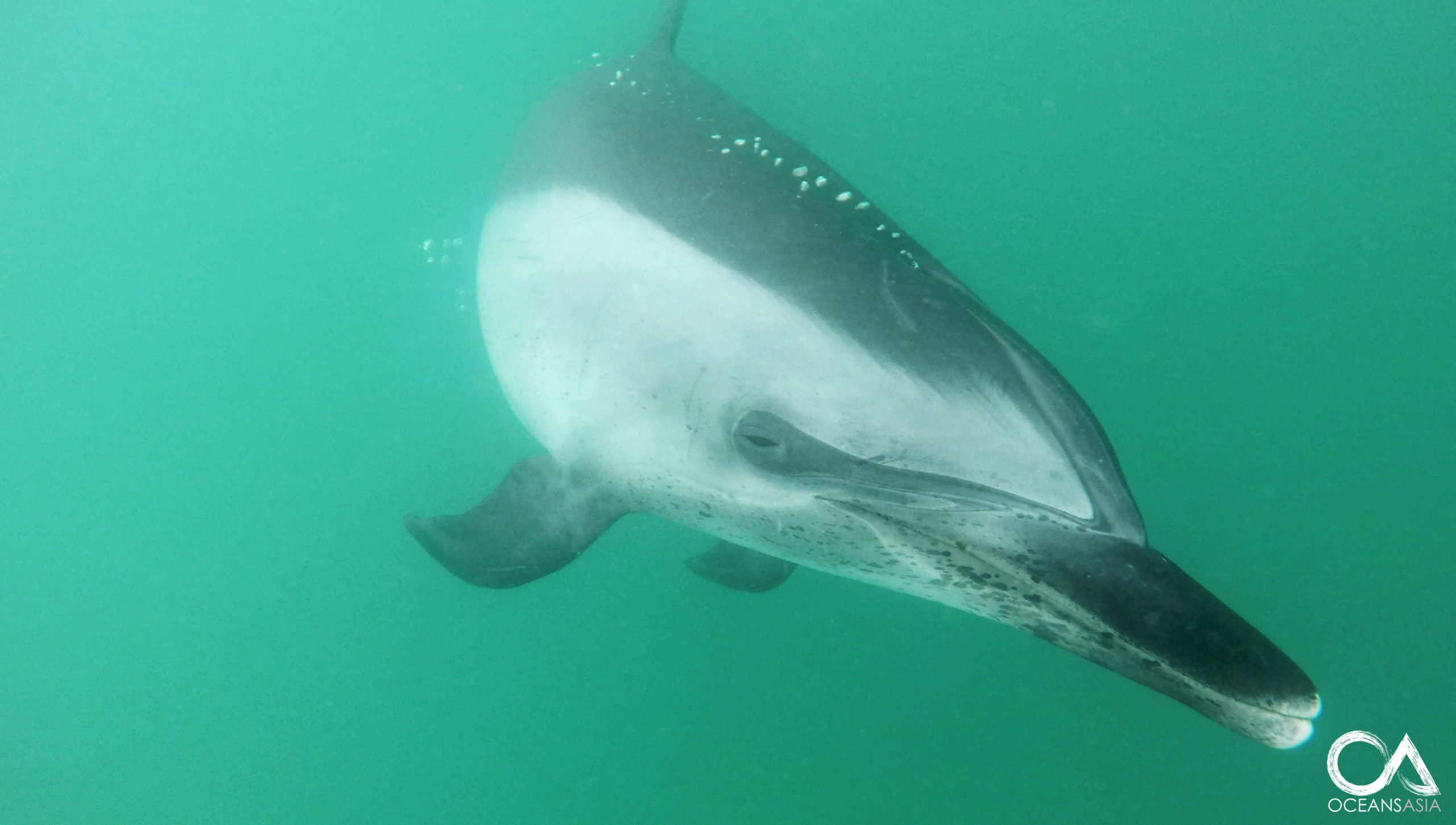<!-- /* Font Definitions */ @font-face {font-family:"Cambria Math"; panose-1:2 4 5 3 5 4 6 3 2 4; mso-font-charset:0; mso-generic-font-family:roman; mso-font-pitch:variable; mso-font-signature:-536870145 1107305727 0 0 415 0;} @font-face {font-family:"Arial Unicode MS"; panose-1:2 11 6 4 2 2 2 2 2 4; mso-font-charset:128; mso-generic-font-family:swiss; mso-font-pitch:variable; mso-font-signature:-134238209 -371195905 63 0 4129279 0;} @font-face {font-family:"Helvetica Neue"; panose-1:2 0 5 3 0 0 0 2 0 4; mso-font-alt:Arial; mso-font-charset:0; mso-generic-font-family:auto; mso-font-pitch:variable; mso-font-signature:-452984065 1342208475 16 0 1 0;} @font-face {font-family:"\@Arial Unicode MS"; panose-1:2 11 6 4 2 2 2 2 2 4; mso-font-charset:128; mso-generic-font-family:swiss; mso-font-pitch:variable; mso-font-signature:-134238209 -371195905 63 0 4129279 0;} /* Style Definitions */ p.MsoNormal, li.MsoNormal, div.MsoNormal {mso-style-unhide:no; mso-style-qformat:yes; mso-style-parent:""; margin:0cm; margin-bottom:.0001pt; mso-pagination:widow-orphan; font-size:12.0pt; font-family:"Times New Roman",serif; mso-fareast-font-family:"Arial Unicode MS"; border:none; mso-ansi-language:EN-US; mso-fareast-language:EN-US;} p.Body, li.Body, div.Body {mso-style-name:Body; mso-style-unhide:no; mso-style-parent:""; margin:0cm; margin-bottom:.0001pt; mso-pagination:widow-orphan; font-size:11.0pt; font-family:"Helvetica Neue"; mso-fareast-font-family:"Arial Unicode MS"; mso-bidi-font-family:"Arial Unicode MS"; color:black; border:none; mso-style-textoutline-type:none; mso-style-textoutline-outlinestyle-dpiwidth:0pt; mso-style-textoutline-outlinestyle-linecap:flat; mso-style-textoutline-outlinestyle-join:bevel; mso-style-textoutline-outlinestyle-pctmiterlimit:0%; mso-style-textoutline-outlinestyle-dash:solid; mso-style-textoutline-outlinestyle-align:center; mso-style-textoutline-outlinestyle-compound:simple; mso-ansi-language:EN-US;} .MsoChpDefault {mso-style-type:export-only; mso-default-props:yes; font-size:10.0pt; mso-ansi-font-size:10.0pt; mso-bidi-font-size:10.0pt; mso-fareast-font-family:"Arial Unicode MS"; border:none; mso-ansi-language:EN-GB;} .MsoPapDefault {mso-style-type:export-only;}size:612.0pt 792.0pt; margin:72.0pt 72.0pt 72.0pt 72.0pt; mso-header-margin:36.0pt; mso-footer-margin:36.0pt; mso-paper-source:0;} div.WordSection1 {page:WordSection1;When Too Much Love Can Hurt!

Swimming with a wild dolphin is likely on many peoples bucket list and in the right conditions can be an incredible experience. Interactions between two species can be beneficial in helping to better understand each other, however ONLY if it is not detrimental to one of the species. Last year, we believe a Pan-Tropical Spotted dolphin (Stenella attenuata) became lost from its pod and found himself in Hong Kong’s inshore waters. This species is not resident to our waters, yet “Dave the Dolphin”, as he has been dubbed, has been sighted regularly in Deep Water Bay and Repulse Bay for some time now. This young male dolphin should be cruising the open ocean in a large pod, socializing with 100’s of other dolphins, but now finds himself all alone. Dave is hard wired to socialize, to connect with other mammals, which has prompted him to seek out these interactions with us humans.
His presence has been known by those of us in the conservation field and AFCD as well as to the regular ocean swimmers and paddlers that train every morning in Deep Water Bay. To help protect him and in the hopes of buying him time until his pod passes by again (in the off chance that he can rejoin them), Dave’s presence has been downplayed and not splashed across the media. However, in the past month, his presence has been widely advertised and the crowds are descending, with various local celebs posting videos on their social media streams. Arriving on jet skis and speedboats, people are surrounding him, screaming, shouting and grabbing his fin.
‘Dave’ is not shy and in the right circumstances and following responsible interaction behaviour, interactions and stimulation are likely a good thing for him. In the cold winter months, Hong Kong’s ocean swimmers and paddlers have played an extremely beneficial role by interacting safely and responsibly and have provided the social contact that this young dolphin requires to maintain his own wellbeing. There are many instances of solitary dolphins seeking out human connections, for example, another famous lone dolphin, ‘Fungie’ (i))in Ireland has become a local celebrity and enjoys interactions (ii)
However, fame comes with a price. We visited Dave last week to investigate reports of an injury. Dave has some wounds on his right side, likely from a close call with a jet-ski or other vessel. Whilst we believe these wounds are not life threatening, the mere presence of human-caused injury indicates the there is a risk of more serious injuries. The bay is a popular spot for water skiing and wake boarding, but the presence of fast moving vessels and a dolphin that sees humans and their activities as ‘friendly’ does not bode well. Adding the hordes of people now seeking out selfies to the mix, is a recipe for disaster.
Whilst rare, another important point to mention which is quite topical given the current Covid-19 pandemic, is that dolphins do carry zoonotic pathogens such as Brucella. Whilst not an issue for the dolphin, this can be passed to humans who may breathe in the dolphins exhalation or touch open wounds, which Dave currently has. Brucella is commonly found in at least 27 species of dolphins and many cases of dolphin to human transfer have been recorded. The effects of Brucella in humans range from mild flu like symptoms to more serious issues, for example, endocarditis (heart damage).
“One phenomenon that brings people in close contact with these attractive animals is the arrival to the shorelines of disorientated dolphins, porpoises and whales displaying swimming problems. During the last years, these actions and contacts between cetaceans and humans have augmented world-wide, increasing the risk of transmission of pathogenic brucellae from these marine mammals to people and domestic animals.”n (iii)
“Restrictions should be applied to programmes where tourists are allowed to swim and interact closely with [captive] dolphins when Brucella spp. could be circulating in these colonies.”n (iv)
____________________________________________________
CITATIONS
(i) Berrow, S.D., 2009. Solitary dolphins interacting with humans in Ireland. PROTECTION AND MANAGEMENT OF SOCIABLE, SOLITARY CETACEANS, p.19.
(i) Orams, MB., 1997. Historical accounts of human-dolphin interaction and recent developments in wild dolphin based tourism in Australasia. Tourism Management, 18(5).pp.317-326.
(ii) Guzman-Verri, C., Gonzalez-Barrientos, R., Hernandez-Mora, G., Morales, J.A., Baquero-Calvo, E. and Chaves-Olarte, E., Brucella ceti and brucellosis in cetaceans. Front Cell Infect Microbiol. 2012;2:3.
(iii) Van Bressem, MF., Raga, J.A., Di Guardo, G., Jepson, P.D., Duignan, P.J., Siebert, U., Barrett, T., de Oliveira Santos, MC., Moreno, I.B., Siciliano, S. and Aguilar, A., 2009. Emerging infectious diseases in cetaceans worldwide and possibe role of environmental stressors. Diseases of aquatic organisms, 86(2), pp.143-157.
(iv) Wilke, M., Bossley, M. and Doak, W., 2005. Managing human interactions with solitary dolphins. Aquatic Mammals, 31(4), pp. 427-433.
